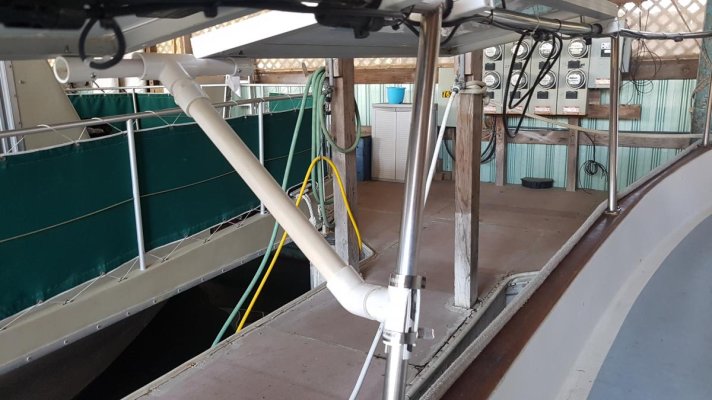Looking for: Advice, referral to good advice, war stories, show and tell (post covid) or (if you hurry before I say yes) a NW configured NT 32/34 for a reasonable price.

[/QUOTE]
Keep going by all means, the great information is still coming in!
This is sort of a master class if you read the whole thread... Thank you all for your opinions, facts, stories etc. I had to do a little bit of real work so I wasn't as active for a bit, but, now I am now caught up. This has been super helpful so far. I am still not entirely decided, but I have enough information to ask some better questions. And of course I still have to nail down the boat.
But this thread has given me confidence that I can get several different options working on the budget I was anticipating.
Boat is under contract!

What will I actually end up doing? Stay tuned. I am sure I am going to have a lot of questions!
But first: (and there will be threads emerging on some of these) survey, decommissioning, shipping (I think I have this nailed down), DIY vs professionals, recommended yards, recommissioning, etc. etc. etc.
Next round is on me!:lol:


 [/QUOTE]
[/QUOTE]


